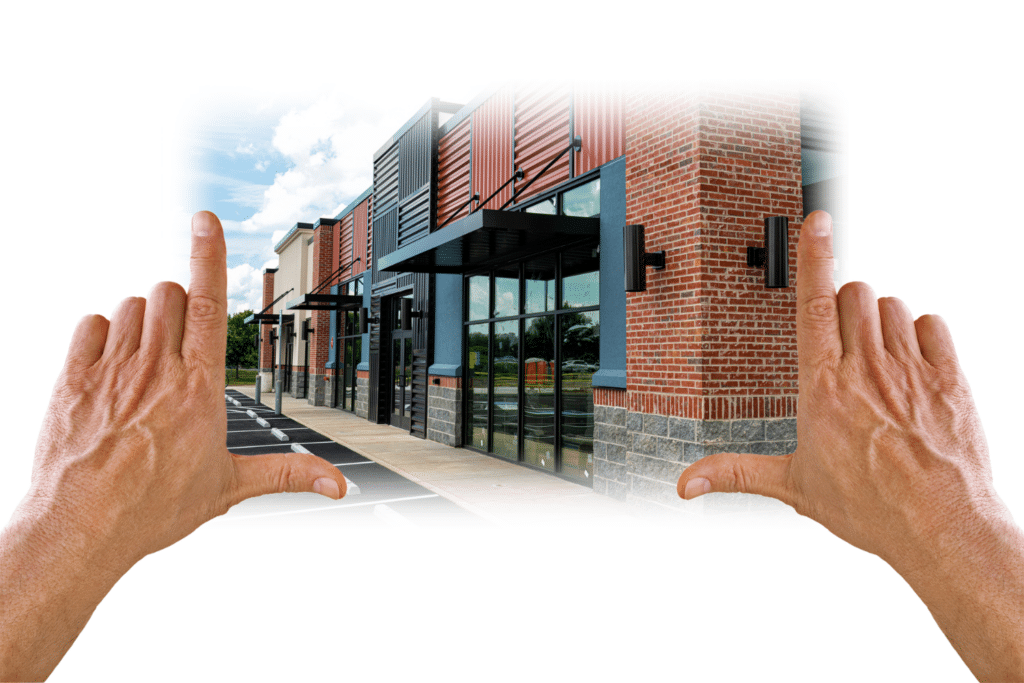
What lower interest rates mean for commercial construction
For developers, lower interest rates signal things are looking up.
By now, you’ve probably heard the Federal Reserve announced a half-percentage reduction of its key interest rate on September 18, a significant rate reduction that is likely good news for commercial construction developers. If you are an owner developer of multifamily housing, senior housing or other commercial real estate who has been waiting for borrowing costs to come down, today’s lower interest rate may signal now is the time to make a move on your next project in La Crosse, WI, or Rochester, MN.
Interest rates and their effect on commercial construction costs
The move by the Fed reverses direction after 11 consecutive rate hikes since early 2022, which pushed the benchmark interest rate to a 23-year high in response to inflationary pressures. Some developers have paused their next commercial build, waiting for rates to bend in their favor, and with this move by the Fed, the time may be right to move ahead with investments in new projects. That’s because lower interest rates can have several positive effects on commercial construction. Let’s look at the potential ripple effects developers and investors can realize by moving forward on commercial construction projects now.
1. Lower interest rates lead to lower financing costs.
Being mindful of financing costs is key for anyone planning to develop multifamily housing, a senior living community, a restaurant, a grocery store, or any commercial property. Lower interest rates can directly reduce interest expenses for projects, which can improve profitability and project viability.
2. Decreased interest rates can improve construction cost predictability.
Construction cost inflation and cost volatility over the past few years have been a bitter pill for cost-conscious developers. Reduced interest rates can be an indication that inflation is stabilized, which can make construction costs more predictable.
3. Interest rate cuts can make it easier for developers to borrow money.
Securing financing can be more complicated when interest rates are higher, and that can give investors and developers pause. Interest rate cuts can generally help improve financing ratios, as they make borrowing less expensive, which can lead to a lower debt-to-equity ratio or debt-to-income ratio, depending on the specific situation and how the borrowed funds are used. Essentially, lower interest payments mean a smaller portion of your income is dedicated to debt service, improving your ratios.
4. Decreased interest rates can equate to increased borrowing capacity.
With lower interest rates, individuals and businesses can potentially borrow more money without significantly impacting their debt service burden, which can improve certain ratios related to total debt.
5. Reduced interest rates are good for consumers.
Interest rate cuts are also good news for consumers, as they can lower borrowing costs for mortgages, automobiles and other large purchases. With more capital, consumers have greater spending power, more confidence, and increased demand for the products and services your next commercial build will supply. It’s all part of the complex machine that keeps our economy working; the key is to meet that increased demand in a timely fashion. So, if you’ve had a project on hold, now may be the time to revisit that and consider next steps. While the Fed indicated more interest rate cuts could be on deck, it’s important to recognize the opportunity cost and risk that comes with continuing to table projects that could be making a return on investment.
Interest rates: just part of the commercial construction picture
Of course, reduced interest rates are only part of the equation for the construction industry, and savvy owners, developers, and investors take great care in looking at the whole picture. Working with a trusted design-build contractor is key to controlling costs and optimizing ROI on your next project. With so many inputs into the cost of construction, from labor to materials to borrowing costs, no developer wants to leave anything to chance. The design and build model of construction helps developers regain control over cost inputs by optimizing the project process, labor costs, timelines, and purchasing power. If you’re ready to build and take advantage of today’s lower interest rates, contact us to design and build in the Coulee Region, Rochester, MN, and beyond.